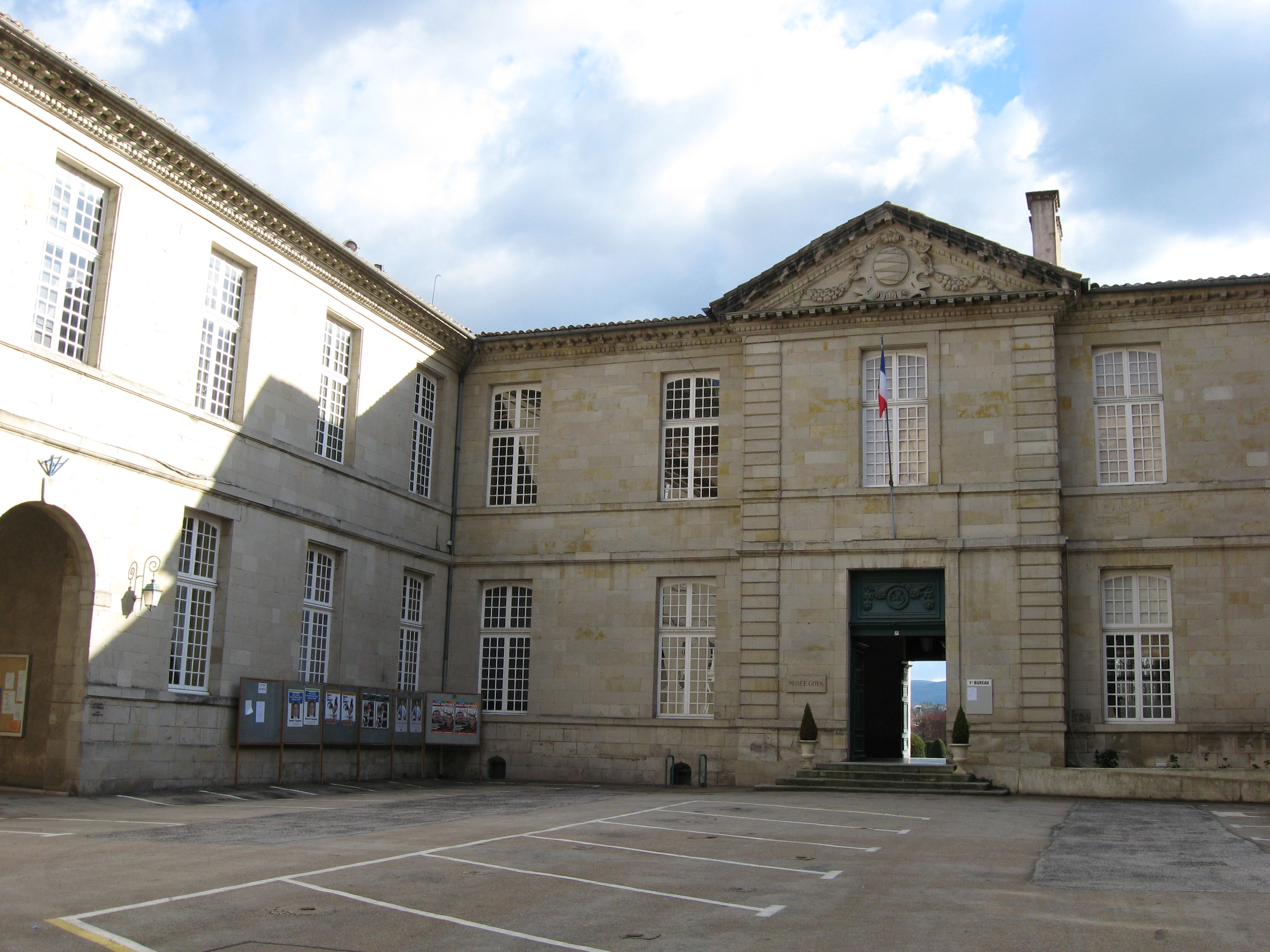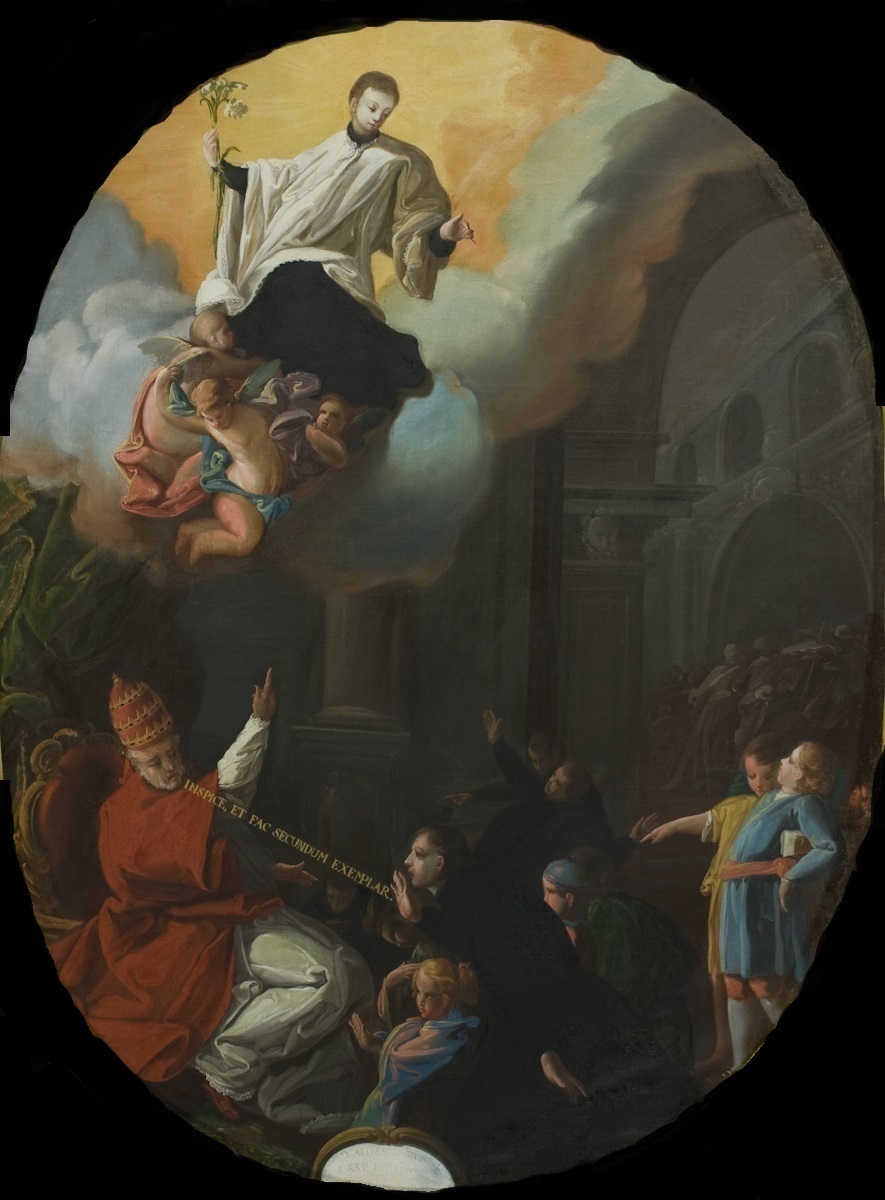|
The Junta Of The Philippines
''The Junta of the Philippines'', or ''Sessions of the Junta of the Royal Company of the Philippines'' (Spanish: ''Junta de la Compañía de Filipinas'') is an oil-on-canvas painting, c. 1815, by the Spanish artist Francisco Goya. The work is the largest Goya produced. It was commissioned that year to commemorate the March 30th annual meeting of the Royal Company of the Philippines (''Real Compañía de Filipinas'') attended by 51 shareholders and membersRoskill, 51 during a period when Goya was disillusioned by the formerly exiled Ferdinand VII's return to the Spanish crown, which moved away from enlightenment and ended the hopes of Spanish liberals for a more progressive Spain. Description ''The Junta of the Philippines'' painting captures a moment when, unexpectedly, Ferdinand decided to attend the meeting of the Junta, intending his presence to be an affirmation of his commitment to the empire. However, it had the opposite effect; the Spanish economy and empire lay in ruin ... [...More Info...] [...Related Items...] OR: [Wikipedia] [Google] [Baidu] |
Francisco Goya
Francisco José de Goya y Lucientes (; ; 30 March 174616 April 1828) was a Spanish romantic painter and printmaker. He is considered the most important Spanish artist of the late 18th and early 19th centuries. His paintings, drawings, and engravings reflected contemporary historical upheavals and influenced important 19th- and 20th-century painters. Goya is often referred to as the last of the Old Masters and the first of the moderns. Goya was born to a middle-class family in 1746, in Fuendetodos in Aragon. He studied painting from age 14 under José Luzán y Martinez and moved to Madrid to study with Anton Raphael Mengs. He married Josefa Bayeu in 1773. Their life was characterised by a series of pregnancies and miscarriages, and only one child, a son, survived into adulthood. Goya became a court painter to the Spanish Crown in 1786 and this early portion of his career is marked by portraits of the Spanish aristocracy and royalty, and Rococo-style tapestry cartoons ... [...More Info...] [...Related Items...] OR: [Wikipedia] [Google] [Baidu] |
Goya Museum
The Goya Museum (in French: Musée Goya) is an art museum located in Castres, France.Goya Museum Les amis des Musées de Castres The museum was originally established in 1840 and is named after the Spanish painter . The museum is located in the old Bishop's Palace, which was built in 1675 and is based on the design of Jules Hardouin Mansart
Jules Hardouin-Mansart (; 16 April 1646 – 11 May 1708) ...
[...More Info...] [...Related Items...] OR: [Wikipedia] [Google] [Baidu] |
Spain
, image_flag = Bandera de España.svg , image_coat = Escudo de España (mazonado).svg , national_motto = ''Plus ultra'' (Latin)(English: "Further Beyond") , national_anthem = (English: "Royal March") , image_map = , map_caption = , image_map2 = , capital = Madrid , coordinates = , largest_city = Madrid , languages_type = Official language , languages = Spanish , ethnic_groups = , ethnic_groups_year = , ethnic_groups_ref = , religion = , religion_ref = , religion_year = 2020 , demonym = , government_type = Unitary parliamentary constitutional monarchy , leader_title1 = Monarch , leader_name1 = Felipe VI , leader_title2 = Prime Minister , leader_name2 = Pedro Sánchez , legislature = C ... [...More Info...] [...Related Items...] OR: [Wikipedia] [Google] [Baidu] |
Royal Company Of The Philippines
The Royal Company of the Philippines (Spanish: ''Real Compañía de Filipinas'') was a chartered company founded in 1785, directed to establish a monopoly on the Spanish Philippines and all surrounding trade. It weakened in importance until it was dissolved in the 1830s. Its direct predecessor was that of the Guipuzcoan Company of Caracas. Founding As Francisco Cabarrús, director of the Guipuzcoan Company, feared his company was about to be dissolved in the 1780s, he proposed to unite the trade of the Americas with that of Asia through the Philippines, incorporating the rights of the old company to the new one. His plan was adopted, and the Royal Company of the Philippines was established on March 10, 1783, before being institutionalized on March 10, 1785 by a royal decree of Charles III of Spain, being directed by Francisco Cabarrús. The purpose of the company was to promote direct trade between the Philippines (then a colony of the Spanish Empire) and the mother country. ... [...More Info...] [...Related Items...] OR: [Wikipedia] [Google] [Baidu] |
Ferdinand VII
, house = Bourbon-Anjou , father = Charles IV of Spain , mother = Maria Luisa of Parma , birth_date = 14 October 1784 , birth_place = El Escorial, Spain , death_date = , death_place = Madrid, Spain , burial_place = El Escorial , religion = Roman Catholicism , signature = Ferdinand VII of Spain signature.svg Ferdinand VII ( es, Fernando VII; 14 October 1784 – 29 September 1833) was a King of Spain during the early 19th century. He reigned briefly in 1808 and then again from 1813 to his death in 1833. He was known to his supporters as '' el Deseado'' (the Desired) and to his detractors as ''el Rey Felón'' (the Felon/Criminal King). Born in Madrid at El Escorial, Ferdinand VII spent his youth as heir apparent to the Spanish throne. Following the 1808 Tumult of Aranjuez, he ascended the throne. That year Napoleon overthrew him; he linked his monarchy to counter-revolution and reactionary policies that produced a deep rift in Spain bet ... [...More Info...] [...Related Items...] OR: [Wikipedia] [Google] [Baidu] |
Witches' Sabbath (The Great He-Goat)
''Witches' Sabbath'' or ''The Great He-Goat'' ( es, link=no, Aquelarre or El gran cabrón) are names given to an oil mural by the Spanish artist Francisco Goya, completed sometime between 1821 and 1823. It explores themes of violence, intimidation, aging and death. Satan hulks, in the form of a goat, in moonlit silhouette over a coven of terrified witches.Boime, 111 Goya was then around 75 years old, living alone and suffering from acute mental and physical distress. It is one of the fourteen ''Black Paintings'' that Goya applied in oil on the plaster walls of his house, the Quinta del Sordo. The paintings were completed in secret: he did not title any of the works or leave a record of his intentions in creating them. Absent of fact, ''Witches' Sabbath'' is generally seen by some art historians as a satire on the credulity of the age, a condemnation of superstition and the witch trials of the Spanish Inquisition. As with the other works in the group, ''Witches' Sabbath'' re ... [...More Info...] [...Related Items...] OR: [Wikipedia] [Google] [Baidu] |
Spanish Empire
The Spanish Empire ( es, link=no, Imperio español), also known as the Hispanic Monarchy ( es, link=no, Monarquía Hispánica) or the Catholic Monarchy ( es, link=no, Monarquía Católica) was a colonial empire governed by Spain and its predecessor states between 1492 and 1976. One of the largest empires in history, it was, in conjunction with the Portuguese Empire, the first to usher the European Age of Discovery and achieve a global scale, controlling vast portions of the Americas, territories in Western Europe], Africa, and various islands in Spanish East Indies, Asia and Oceania. It was one of the most powerful empires of the early modern period, becoming the first empire known as "the empire on which the sun never sets", and reached its maximum extent in the 18th century. An important element in the formation of Spain's empire was the dynastic union between Isabella I of Castile and Ferdinand II of Aragon in 1469, known as the Catholic Monarchs, which in ... [...More Info...] [...Related Items...] OR: [Wikipedia] [Google] [Baidu] |
Peninsular War
The Peninsular War (1807–1814) was the military conflict fought in the Iberian Peninsula by Spain, Portugal, and the United Kingdom against the invading and occupying forces of the First French Empire during the Napoleonic Wars. In Spain, it is considered to overlap with the Spanish War of Independence. The war started when the French and Spanish armies invaded and occupied Portugal in 1807 by transiting through Spain, and it escalated in 1808 after Napoleonic France occupied Spain, which had been its ally. Napoleon Bonaparte forced the abdications of Ferdinand VII and his father Charles IV and then installed his brother Joseph Bonaparte on the Spanish throne and promulgated the Bayonne Constitution. Most Spaniards rejected French rule and fought a bloody war to oust them. The war on the peninsula lasted until the Sixth Coalition defeated Napoleon in 1814, and is regarded as one of the first wars of national liberation. It is also significant for the emergence of larg ... [...More Info...] [...Related Items...] OR: [Wikipedia] [Google] [Baidu] |
Charles IV Of Spain And His Family
''Charles IV of Spain and His Family'' is an oil-on-canvas group portrait painting by the Spanish artist Francisco Goya. He began work on the painting in 1800, shortly after he became First Chamber Painter to the royal family, and completed it in the summer of 1801. The portrait features life-sized depictions of Charles IV of Spain and his family, ostentatiously dressed in fine costume and jewelry. Foremost in the painting are Charles IV and his wife, Maria Luisa of Parma, who are surrounded by their children and relatives. The family are dressed in the height of contemporary fashionable clothing and lavishly adorned with jewelry and the sashes of the order of Charles III. The painting was modeled after Louis-Michel van Loo's 1743 '' Portrait of Felipe V and his Family'' and Velázquez's ''Las Meninas'', setting the royal subjects in a similarly naturalistic settingGassier (1995), 69–73 as they pose for the artist who is visible at his easel at the left of the canvas. Descr ... [...More Info...] [...Related Items...] OR: [Wikipedia] [Google] [Baidu] |
Indies
The East Indies (or simply the Indies), is a term used in historical narratives of the Age of Discovery. The Indies refers to various lands in the East or the Eastern hemisphere, particularly the islands and mainlands found in and around the Indian Ocean by Portuguese explorers, soon after the Cape route was discovered. Nowadays, this term is broadly used to refer to the Malay Archipelago, which today comprises the Philippine Archipelago, Indonesian Archipelago, Malaysian Borneo, and New Guinea. Historically, the term was used in the Age of Discovery to refer to the coasts of the landmasses comprising the Indian subcontinent and the Indochinese Peninsula along with the Malay Archipelago. Overview During the era of European colonization, territories of the Spanish Empire in Asia were known as the Spanish East Indies for 333 years before the American conquest. Dutch occupied colonies in the area were known for about 300 years as the Dutch East Indies till Indonesian indepe ... [...More Info...] [...Related Items...] OR: [Wikipedia] [Google] [Baidu] |
List Of Works By Francisco Goya
The following is an incomplete list of works by the Spanish painter and printmaker Francisco Goya. Paintings (1763–1774) Paintings (1775–1792) ''see also: List of Francisco Goya's tapestry cartoons'' Paintings (1793–1807) Paintings (1808–1818) Paintings (1819–1828) Prints (Los Caprichos) As well as paintings Goya was also one of the greatest ever printmakers. He produced several sets of prints using the relatively new technique of aquatint. Towards the end of his life Goya also began to experiment with lithography. The dimensions given refer to the size of the printed image rather than the paper that the image is printed on. Prints (Disasters of War) Prints (La Tauromaquia) Prints (Los disparates) Prints (Bulls of Bordeaux) Prints (Other prints) See also * List of Francisco Goya's tapestry cartoons * Black paintings Notes References External links Catalogue at University of ZaragossaGoya at the Prado {{Lists of paintings List ... [...More Info...] [...Related Items...] OR: [Wikipedia] [Google] [Baidu] |





.jpg)

